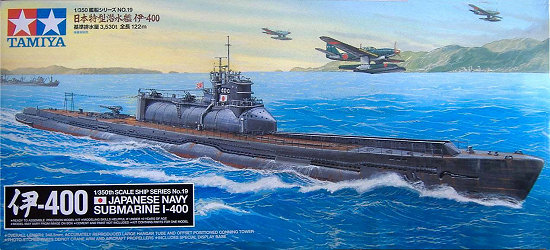Popular Science Magazine: Hurst publishing
Warships of Tomorrow
Sleek designs, robotic aircraft and next-generation weapons will make the ships of the future the most formidable ever
By Christian DeBenedetti Posted 02.15.2008 at 12:18 pm 5 Comments
28
The UXV Combatant Drones launch from the UXV's next-gen flight deck—and heavy firepower provides cover Nick Kaloterakis
View Photo Gallery
It's hard to tell what kind of wars the future will bring, but one thing is certain: Robots will be doing much of the fighting. In fact, they already are. Last year, aerial drones flew 258,502 hours of missions—up from 27,201 in 2002. Spending on unmanned aircraft systems by the U.S. military is expected to hit $3.76 billion by 2010. Robotic warfare, long the stuff of science fiction, is now a reality.
That's why, late last year, the British defense company BAE Systems released plans for a fast-moving, specially built home at sea for these robot warriors. That ship is the UXV Combatant concept: part warship and part next-gen carrier for unmanned craft.
From a ship-design standpoint, the best thing about unmanned vehicles is that they can be launched from small spaces that a manned craft simply can't. "It's a violent thing to launch an aircraft off a carrier—you can only stress the human being so much," says Charles Thompson of BAE Systems. Take the human out of the equation, and you can launch a vehicle from a much smaller space—which saves room and allows the UXV to function both as a fast, stealthy warship and an aircraft carrier at the same time. On the UXV, two 164-foot decks joined in a V shape would slingshot unmanned vehicles into the air using electromagnetic catapults and ramps. Radars, infrared sensors and radio-frequency identification (RFID) tags could organize vehicles as they take off and land.
Although it may sound radically new, the UXV actually borrows its basic design from a ship that's already being built: BAE's Type 45 Daring-class destroyer, a stealthy but massive warship set to join Britain's Royal Navy in 2009. Like the Type 45 destroyers, the UXV could measure some 500 feet long and run on diesel-powered electric turbines. Type 45s can reach a top speed of more than 27 knots, or 31 mph; the UXV should clock similar times.
But unlike most of its predecessors, the UXV could run effectively with minimal crew. Battleships once carried hundreds of sailors; the UXV could run with a crew of only 60, enough for three shift changes, along with a handful of additional crew members to service the drones.
Ships take years to build, so to be relevant after 2020, when it's expected to arrive, the UXV needs to be versatile. That's why BAE engineers, working with the American defense contractor General Dynamics on a separate project, developed a concept they call "modular mission bays," a set of plug-and-play features that would enable commanders to quickly "re-role" the boat. The UXV could change from submarine hunter to mine sweeper to a platform for supplying ground troops to a launching pad for drone-based air strikes.
When they're not in battle, the UXV's various drones would be stored on other ships or land bases; when the UXV receives a mission, the relevant drones would be dispatched to it. For a sub-hunting expedition, the UXV might load up with unmanned underwater vehicles, high-tech radars, torpedoes and even manned aircraft like the Super Lynx sub-hunting helicopter. On a mine-sweeping mission, it would deploy aerial drones to peer beneath the waves and destroy hidden threats. To supply ground troops in battle, it would host troop-carrying landing craft, support-attack helicopters and other armored vehicles.
The UXV should also pack enough heat to give all these assets cover. On the foredeck, missile batteries could house both surface-to-air and ship-to-ship missiles and cruise missiles. A large-caliber gun that fires six-inch munitions, 20 rounds at a time, provides incredible power for ship-to-ship fighting and for strafing a variety of targets onshore. And a 155-millimeter medium-caliber gun would return enemy fire while troops hit land.
When plans for the UXV hit the Web recently, some commenters sniped that the ship was destined to be the warship of a robot uprising. But that's unlikely. As with today's drones, most of the aircraft on the UXV would be controlled by remote human operators. Still, a smaller crew on board and fewer pilots in planes could mean fewer lives lost in almost any battle scenario.


